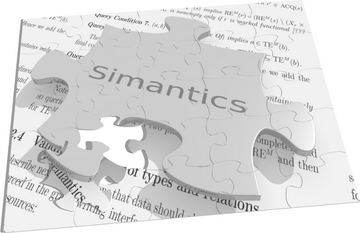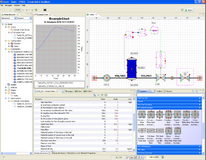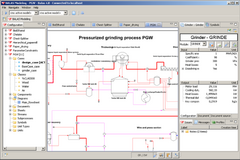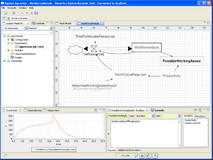Simantics End User Documentation

Simantics is a software platform for modelling and simulation. The system has client-server architecture with a semantic ontology-based modelling database and Eclipse framework -based client software with plug-in interface. The Simantics platform and many of its components are open source under Eclipse Public License EPL.
Simantics platform is used in open source and commercial modelling and simulation products. Simantics comes with System dynamics modelling and simulation tool, which is an open source tool for modelling business processes. The next versions of Apros and Balas will be based on the Simantics platform. For more information on Simantics and related projects, visit Simantics website.
The philosophy of the Simantics platform is to offer an open, high level application platform on which different computational tools can be easily integrated to form a common environment for modelling and simulation. One of the biggest innovations in the Simantics platform is the semantic modelling approach. The data triple engine on the server side enables high performance data management and arbitrary mapping of data. This enables e.g. efficient mapping of simulation and measurement data to the model configuration and its visualisation.
This Simantics End User Documentation provides information on the open source products that have been developed using Simantics platform. The basic principles of Simantics platform and some components common to all Simantics-based products are also explained. If you wish to dig deeper to the foundations of the Simantics platform or create your own modelling and simulation tool based on Simantics, see Simantics Developer Documentation or contact us through Simantics website.
| Simantics Platform Products | ||
|---|---|---|
 Apros |
 Balas |
 System Dynamics |
Simantics
Simantics System Dynamics
- Introduction to System Dynamics Simulation
- Installation Instructions
- Workbench
- Modelling
- Simulation
- Operating Interfaces
Tutorial: Basic System Dynamics Modelling
Tutorial: Advanced System Dynamics Modelling